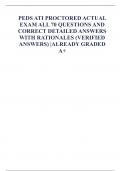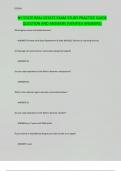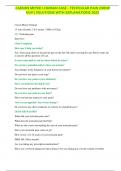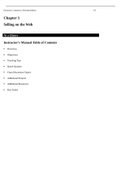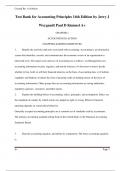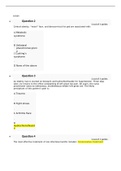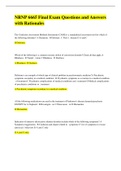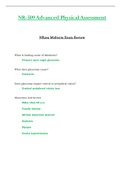Resume
Samenvatting Laeken Declaration on the future of the European Union - Steven Van Hecke
- Établissement
- Katholieke Universiteit Leuven (KU Leuven)
Geslaagd in eerste zit! Samenvatting "Laeken Declaration on the future of the European Union" bij het vak European Integration since 1945 door professor Steven Van Hecke (KUL) De profesoor wil dat je de "Laeken Declaration" (hoort bij Chapter 5) leest en kan toepassen/toelichten op het examen....
[Montrer plus]




